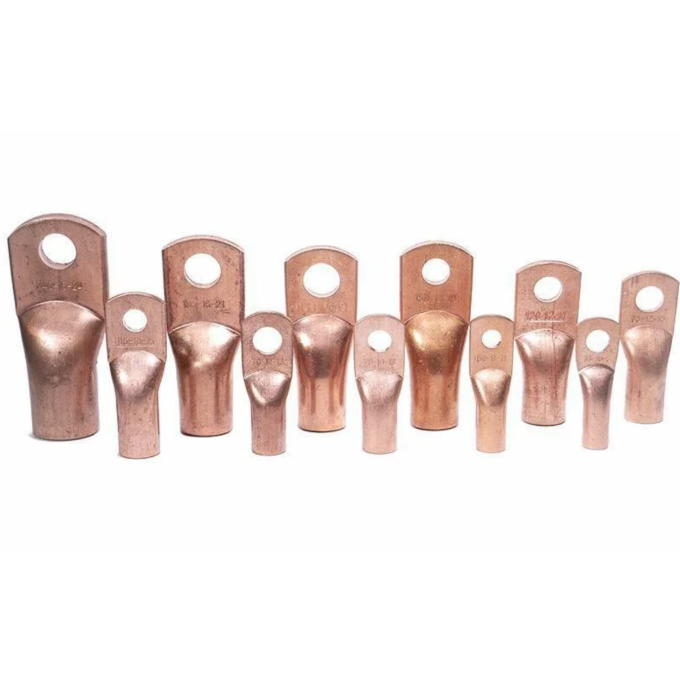
Cable terminals
Cable terminals are elements used for reliable and safe connection of cable conductors to various electrical devices or systems. They ensure proper contact, conductor protection, and prevention of mechanical damage. Terminals come in different types and designs depending on their purpose and the type of cables used. Terminals play a key role in providing reliable and secure connections in electrical systems, enhancing their performance and durability. Advantages of Terminals Reliability: Ensure a stable and secure contact between conductors and electrical devices. Safety: Prevent mechanical damage to conductors, corrosion, and short circuits. Ease of Installation: Simplify the process of connecting and disconnecting conductors, reducing the risk of installation errors. Flexibility: Allow the use of conductors of various cross-sections and types, ensuring versatility. Technical Characteristics Materials: Conductors: Usually made of copper or aluminum for good conductivity. Insulation: Materials may include PVC, polyethylene, rubber, and other polymers to protect against moisture and mechanical damage. Sizes and Cross-Sections: Sizes: Terminals come in various sizes and shapes to fit different conductor cross-sections and connection types. Cross-Sections: Selected based on the rated current and conductor diameter. Nominal Specifications: Rated Current: Indicates the maximum current the terminal can safely conduct. Rated Voltage: Indicates the maximum voltage the terminal is designed for. Protection Rating: IP Classes: The level of protection against dust and moisture, which varies depending on the type and application of the terminal.
Ваш вопрос отправлен